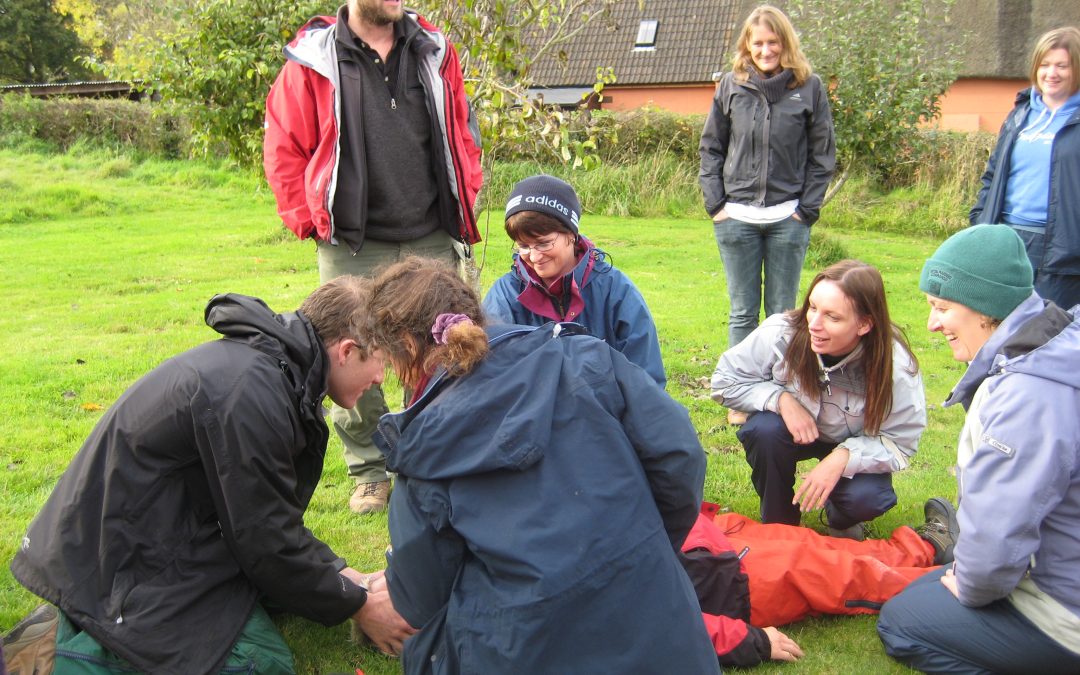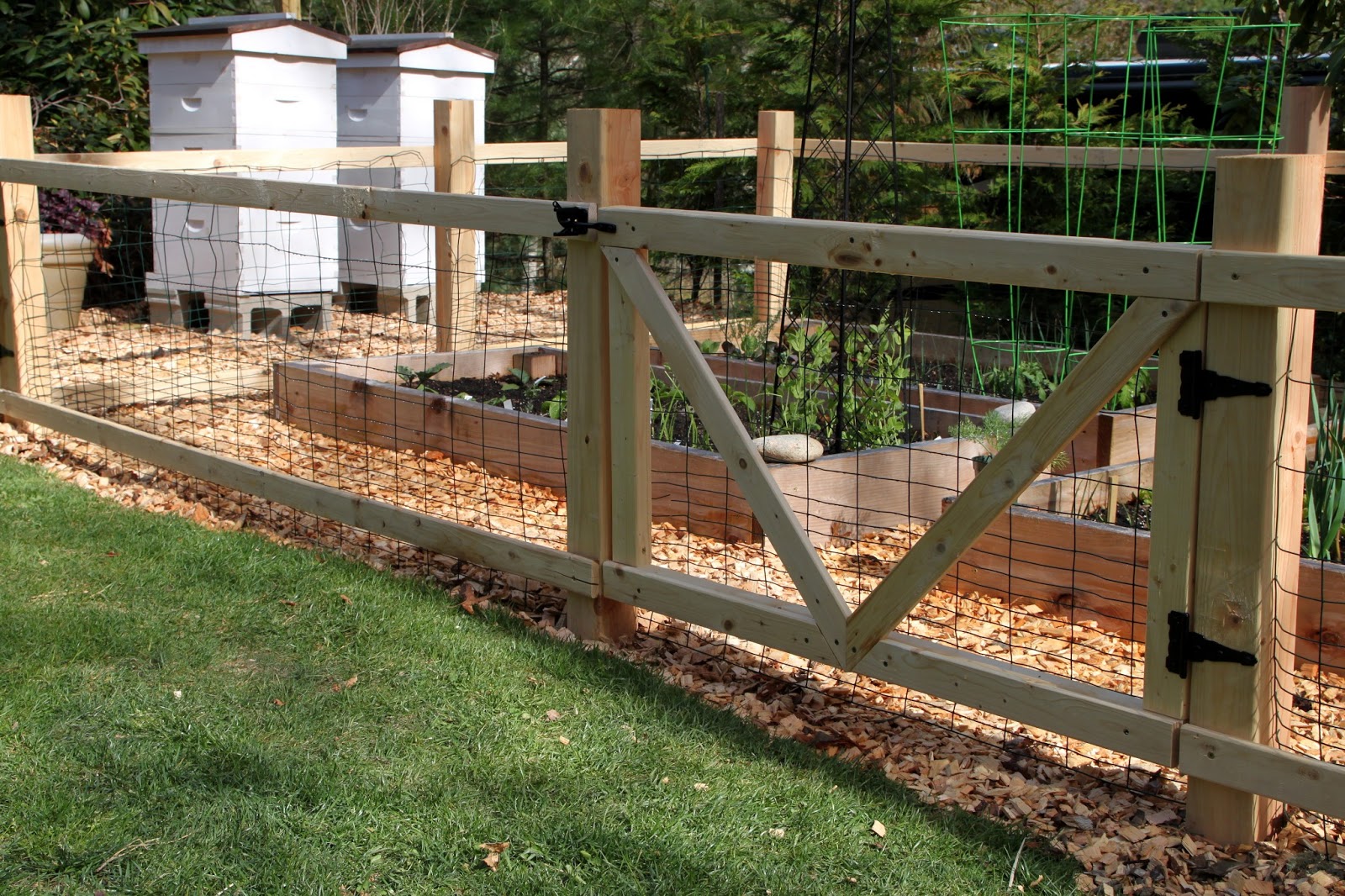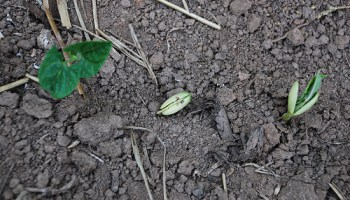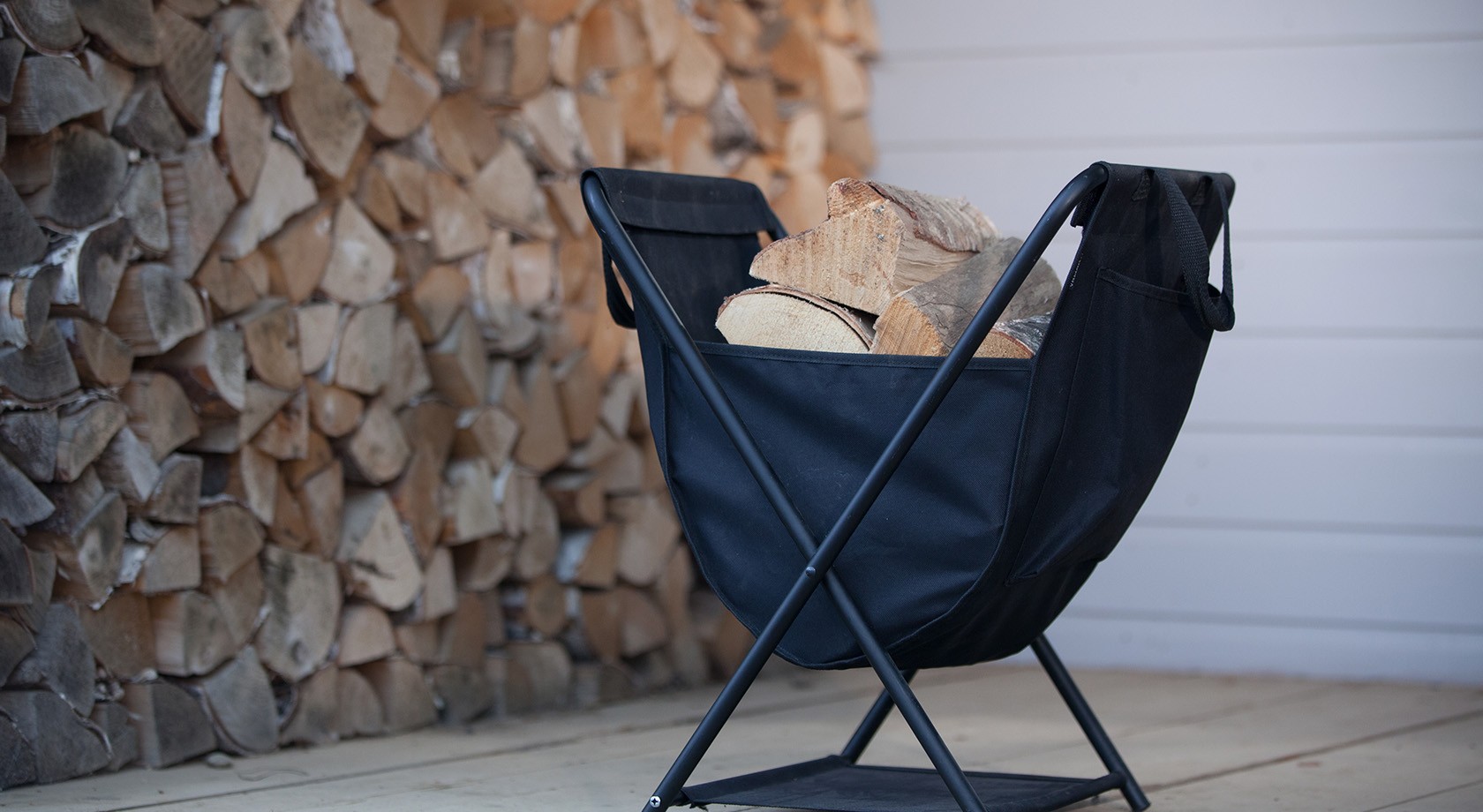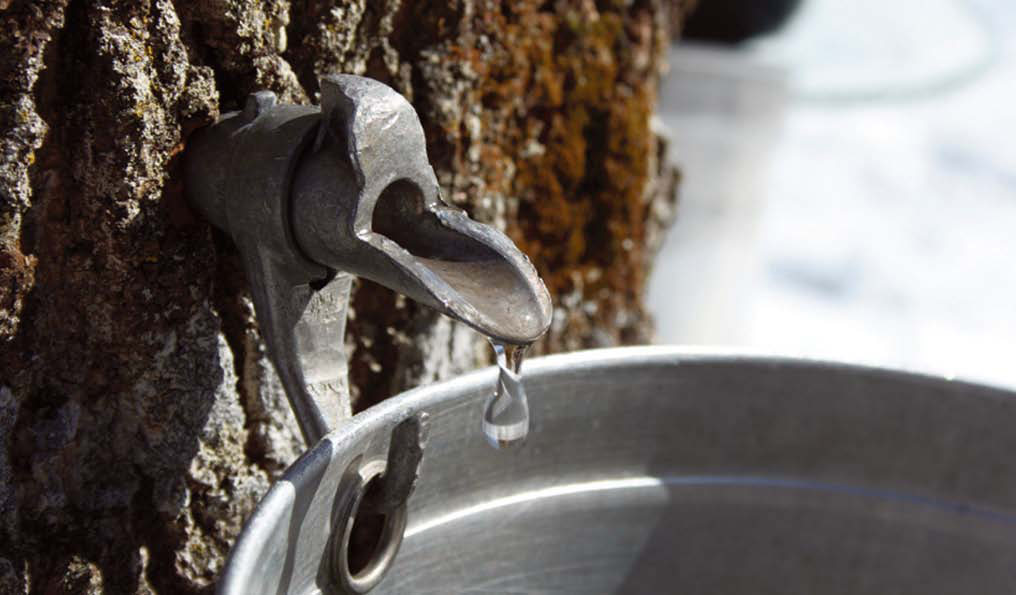Making Candles in a Pringles Tube! (Video)
This is entire too cool not to share! I’ve always loved those big, tall, chunky pillar candles, but I’ve always figured they needed fancy candle making molds that I couldn’t afford, and I really prefer to do everything as simple as possible. However, I have seen floating around social media a simple trick: using a … Read more

